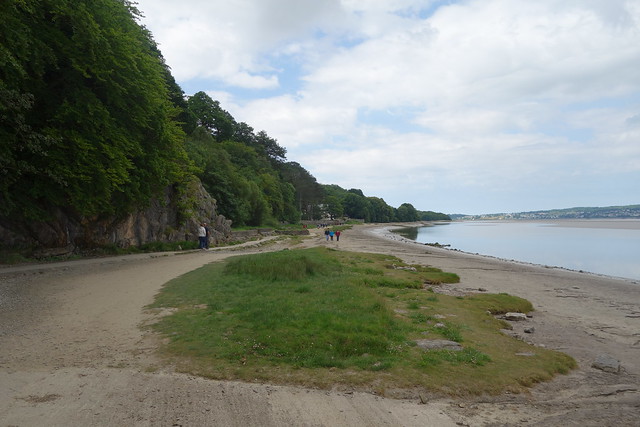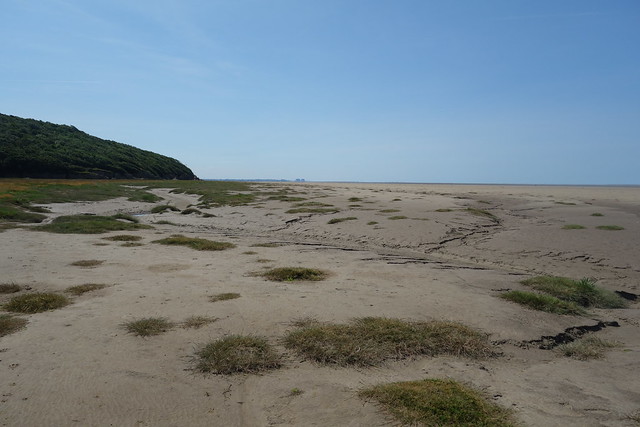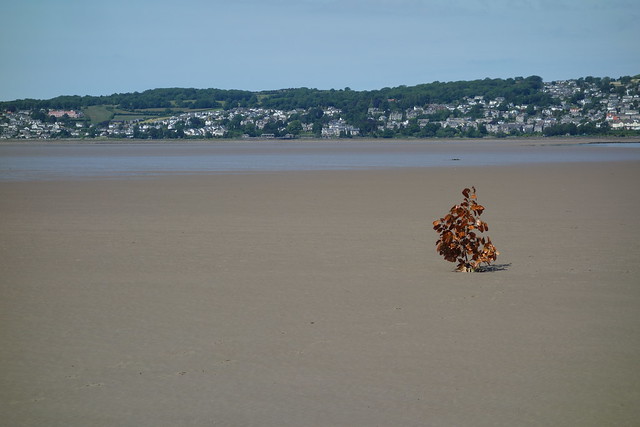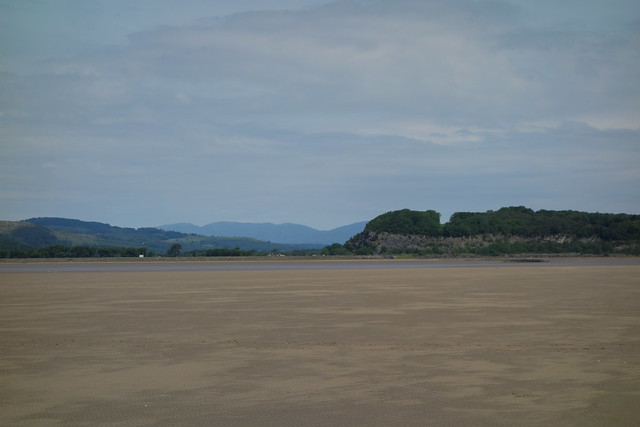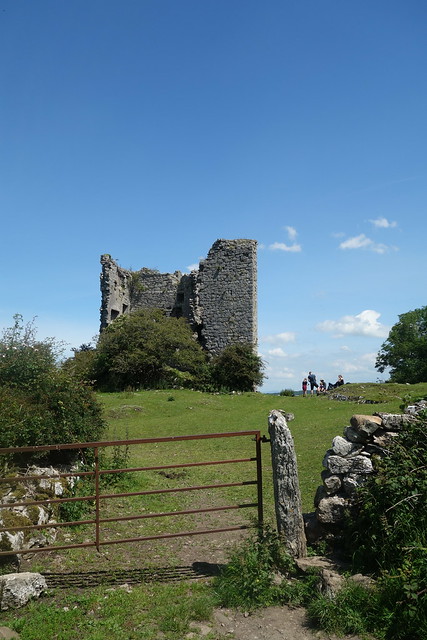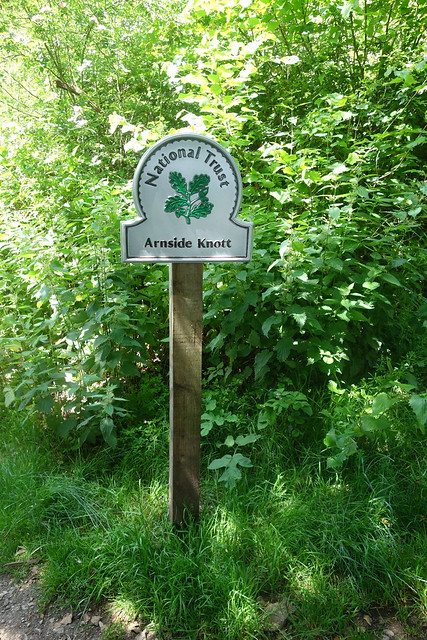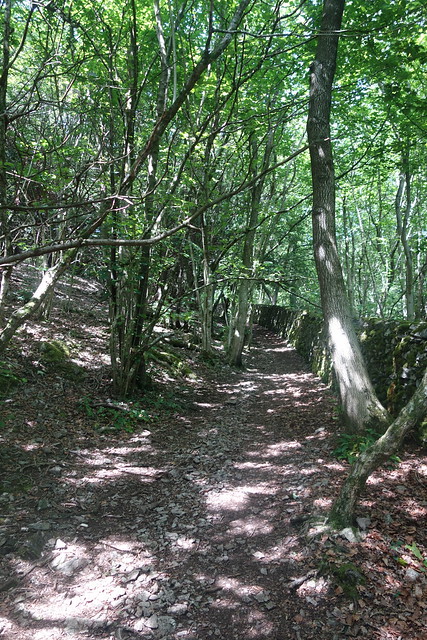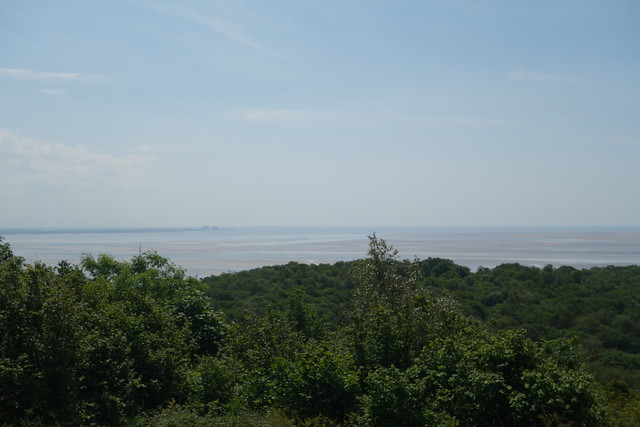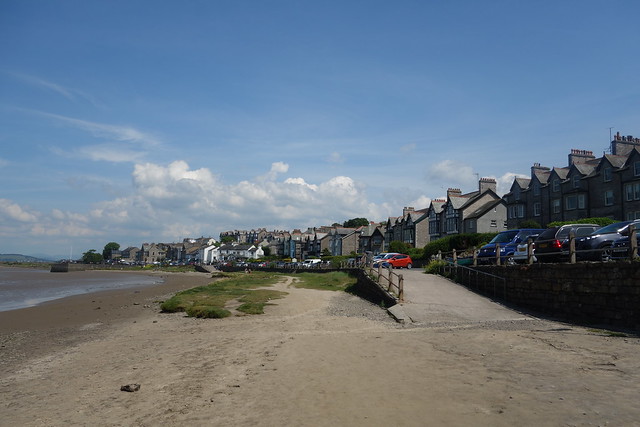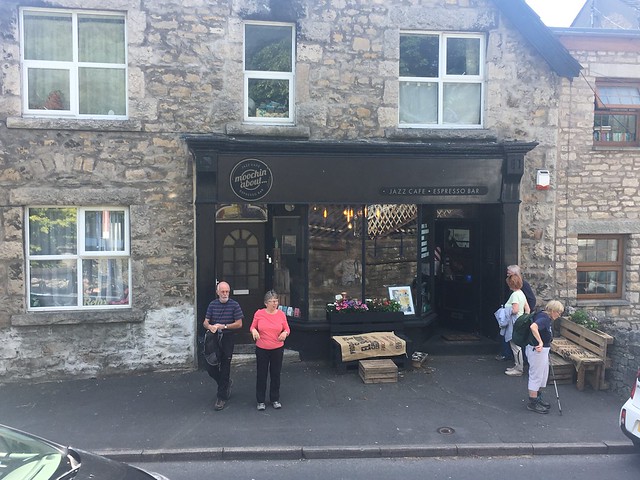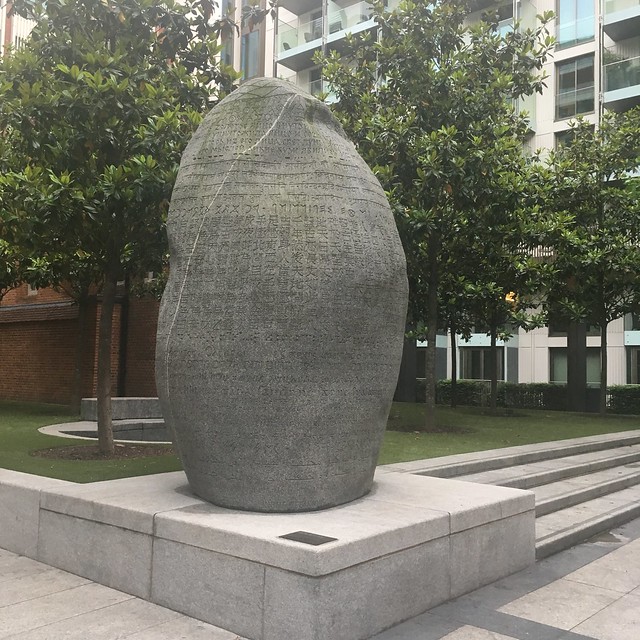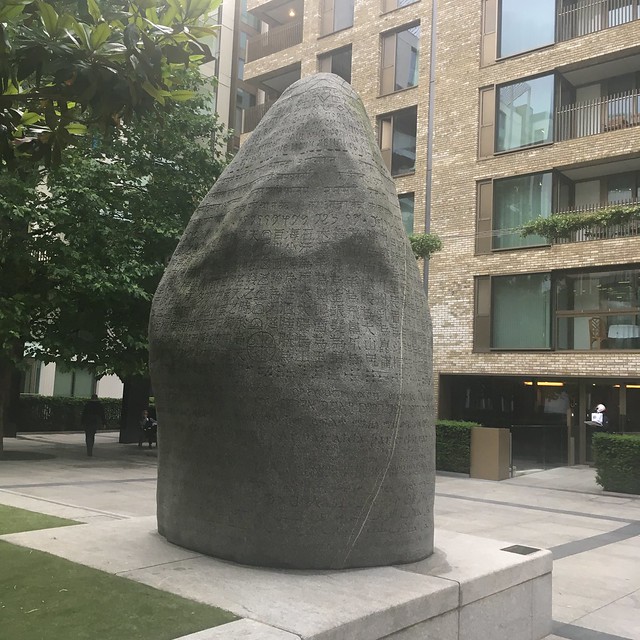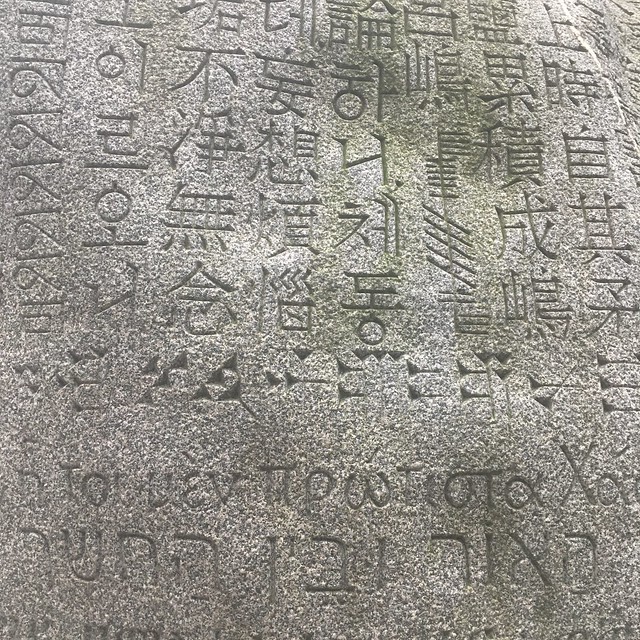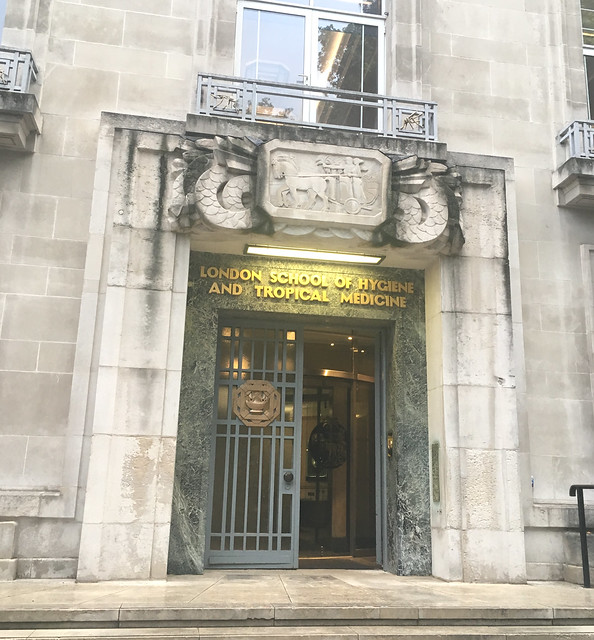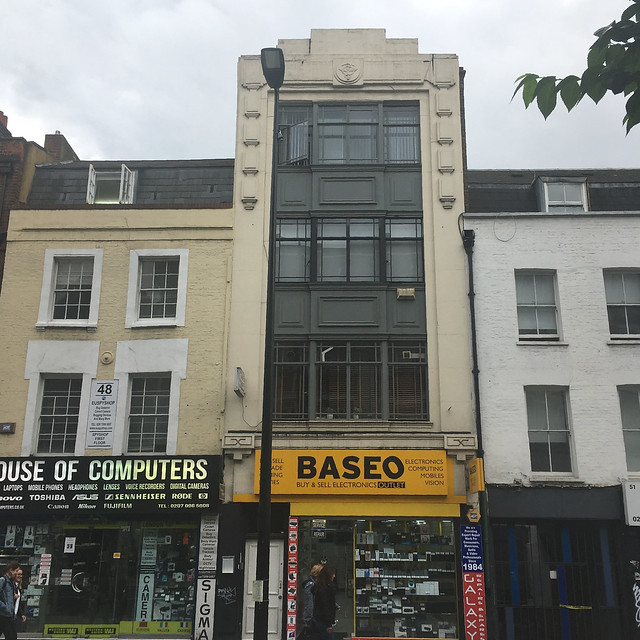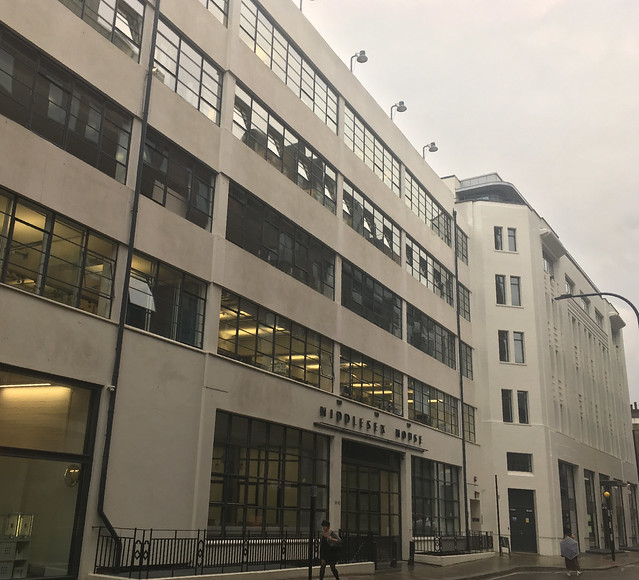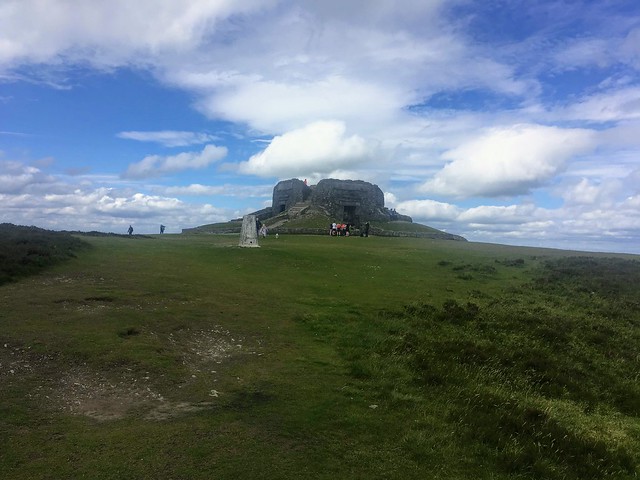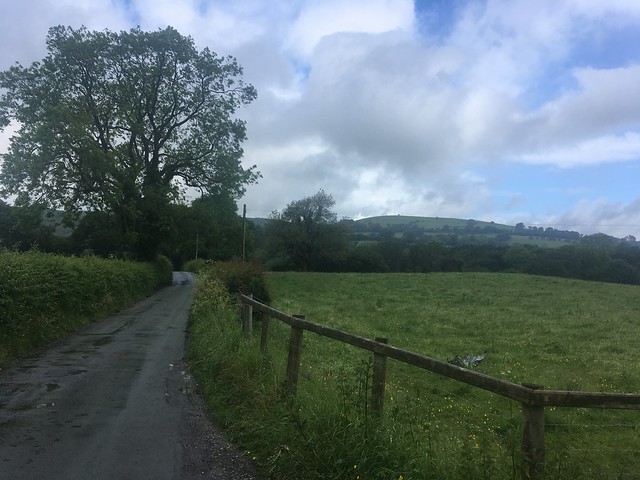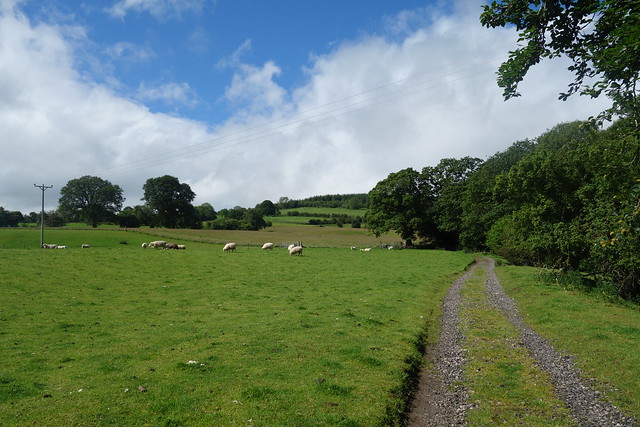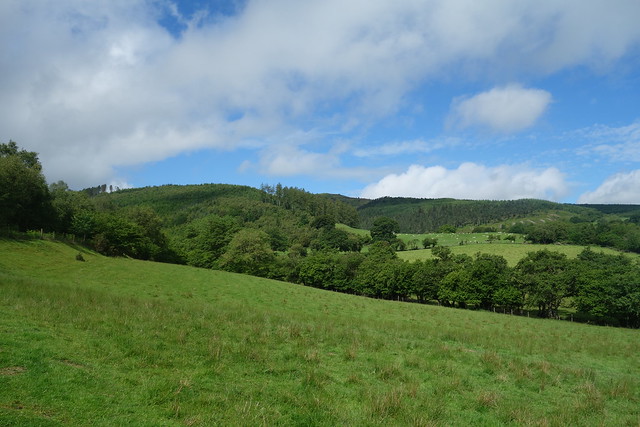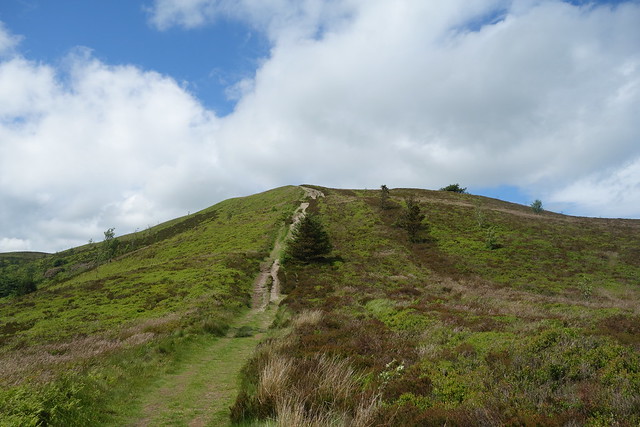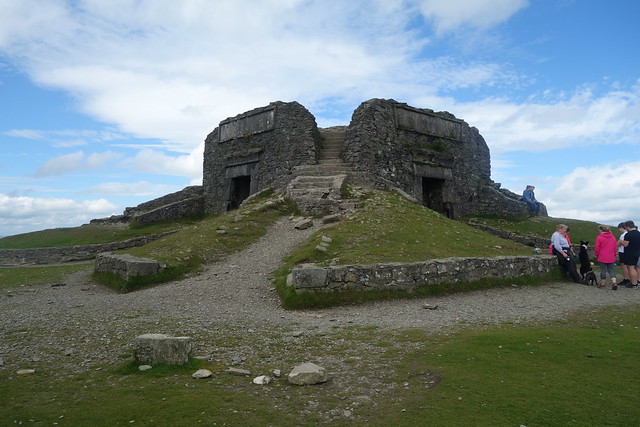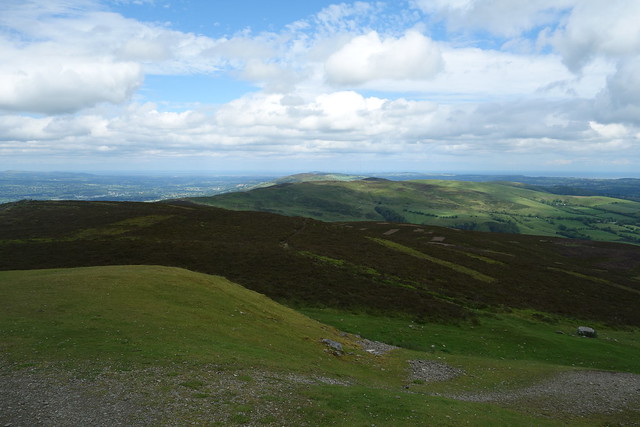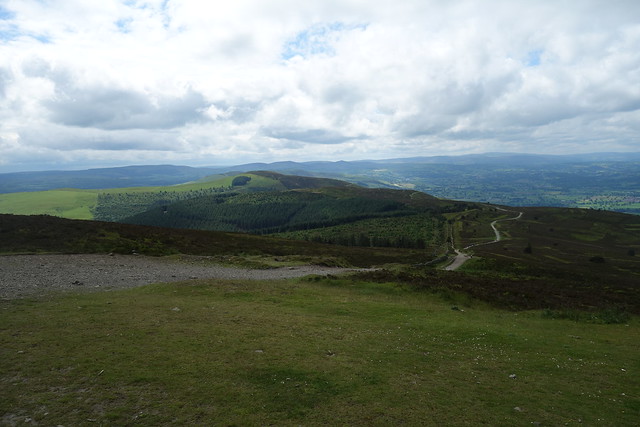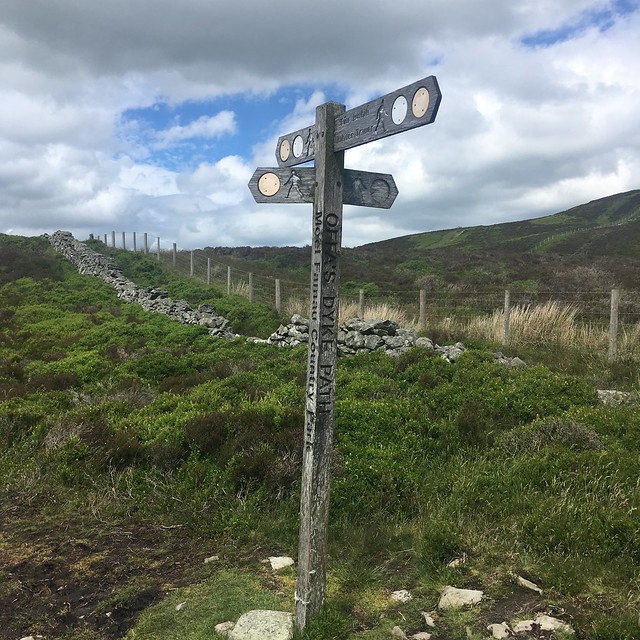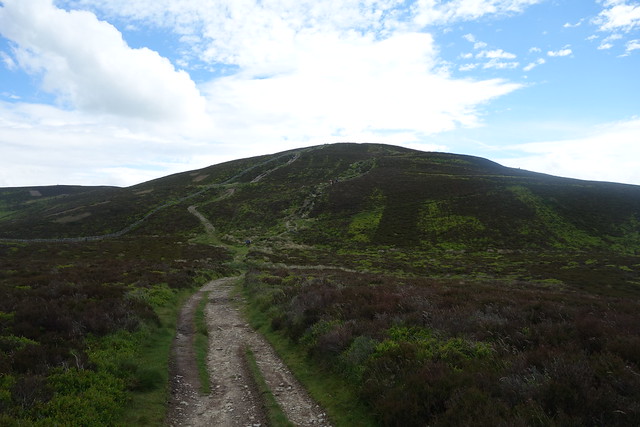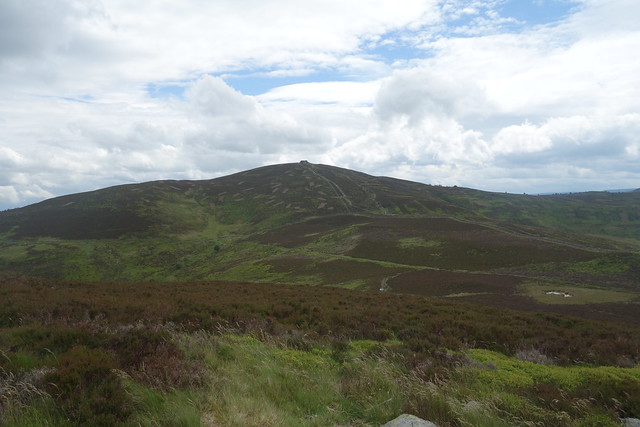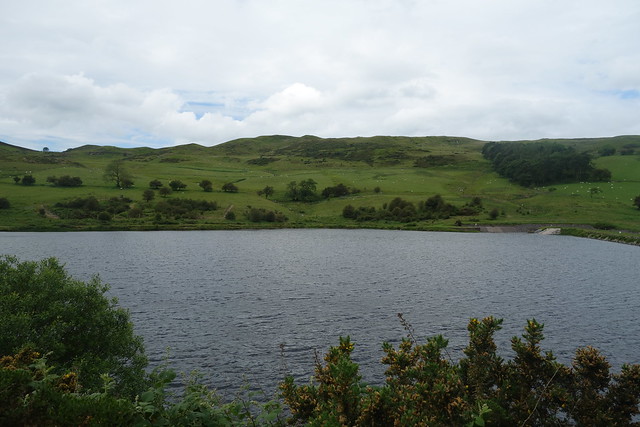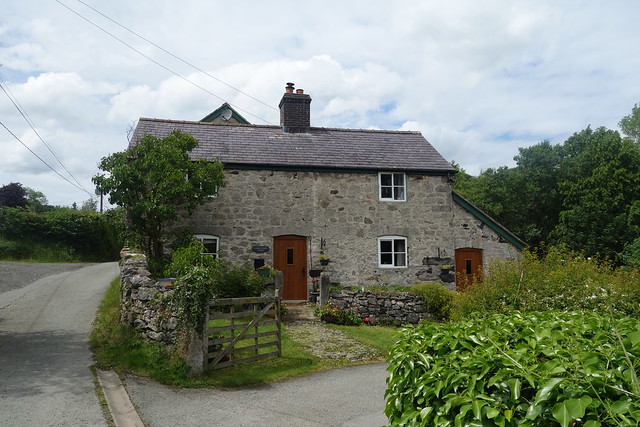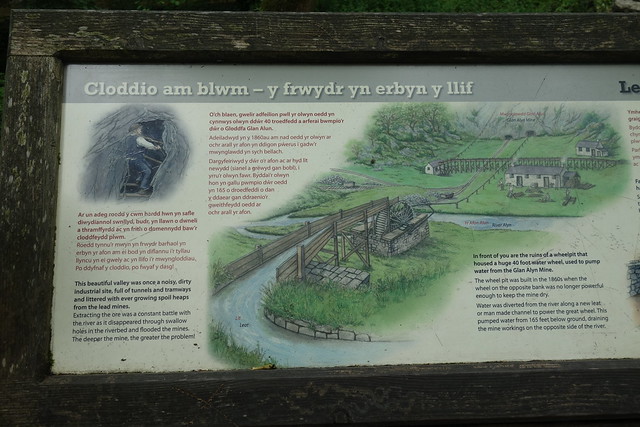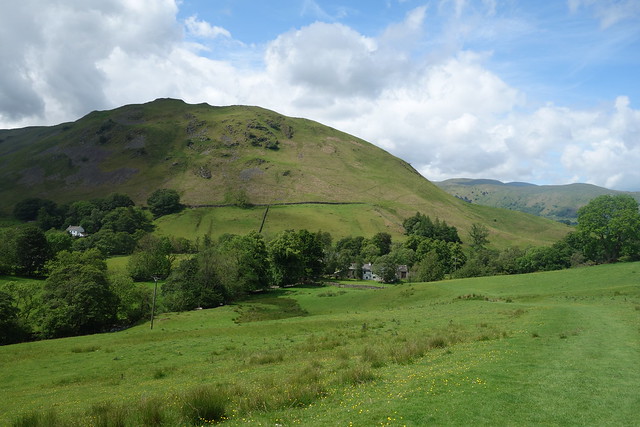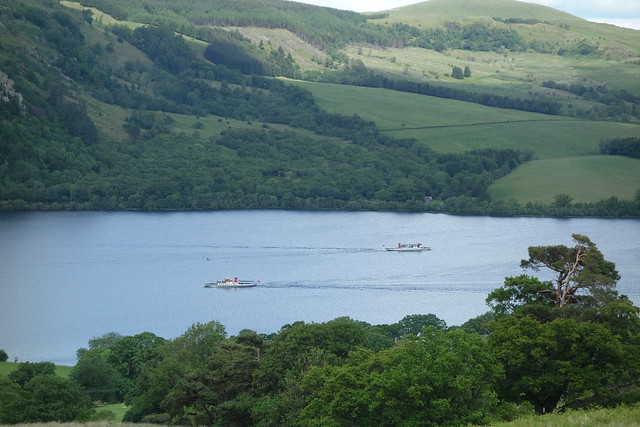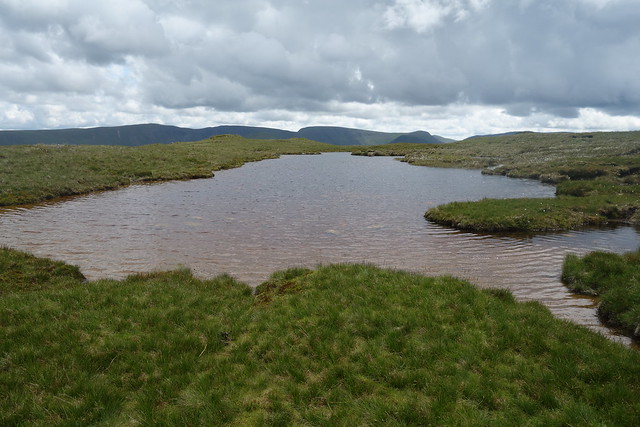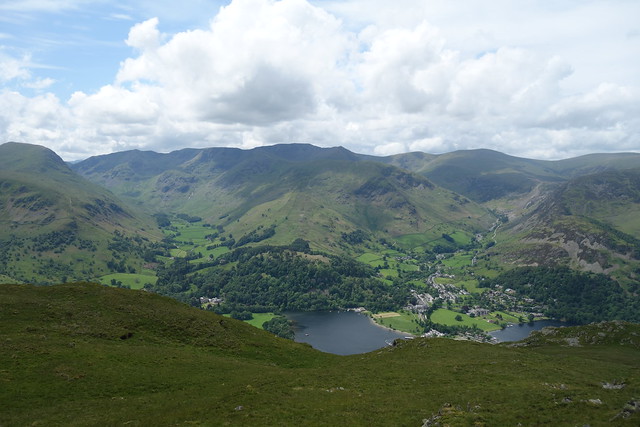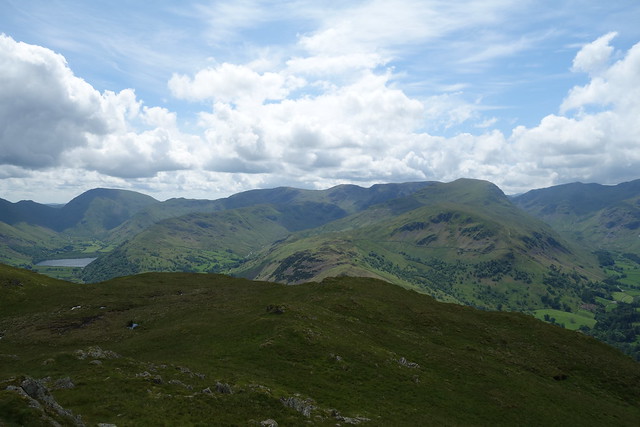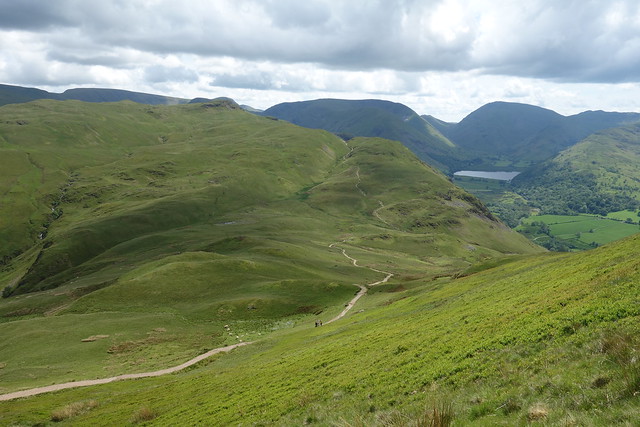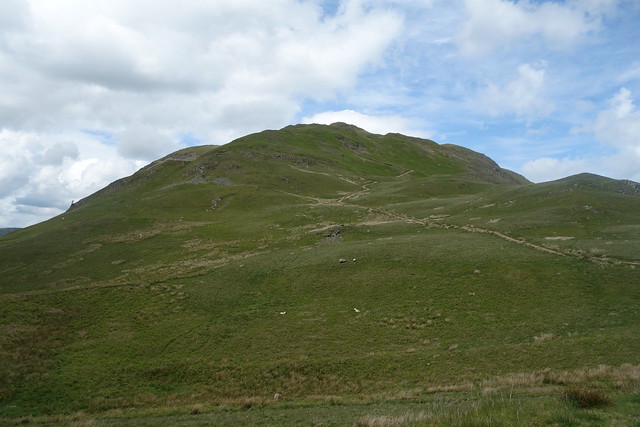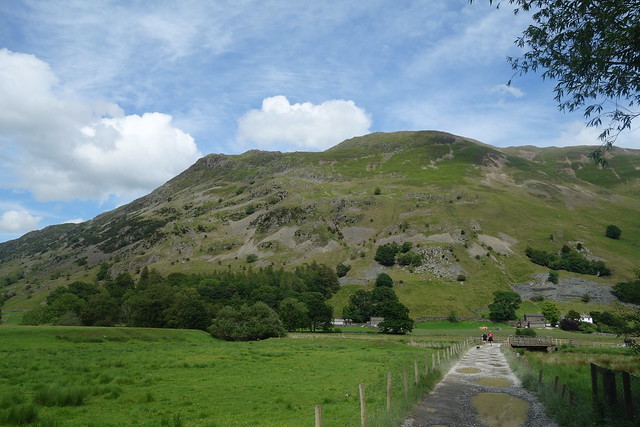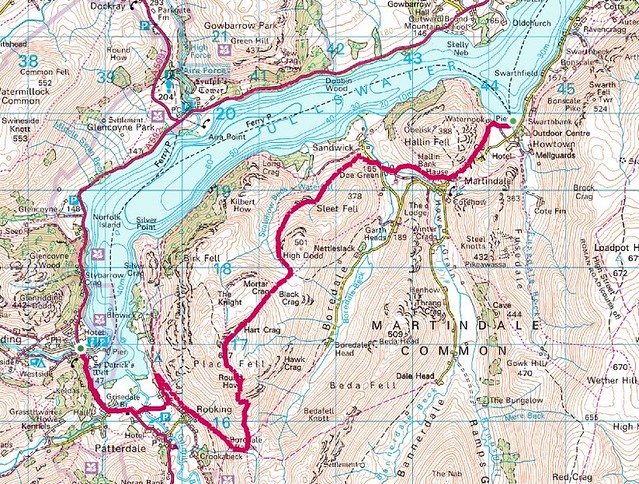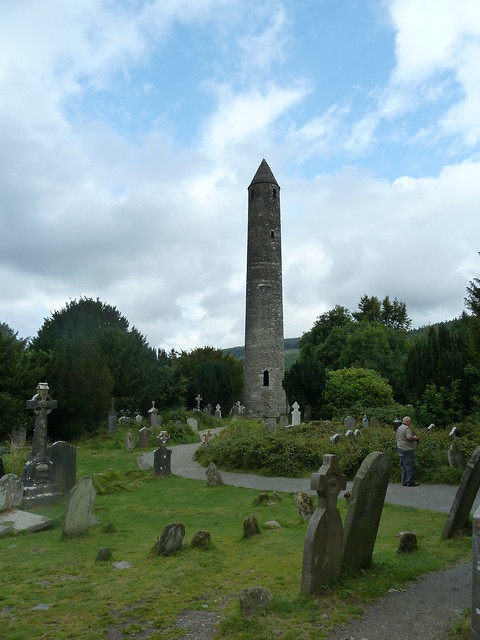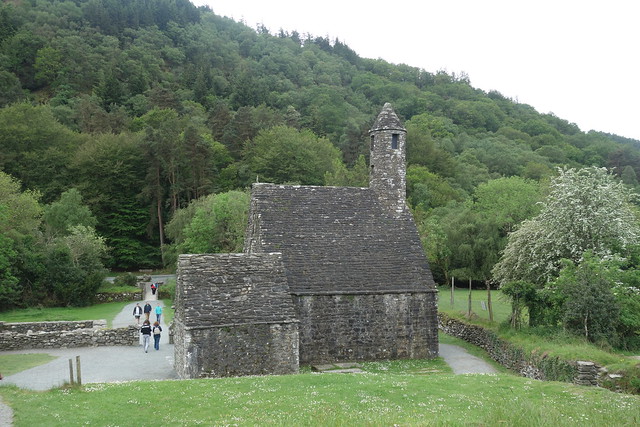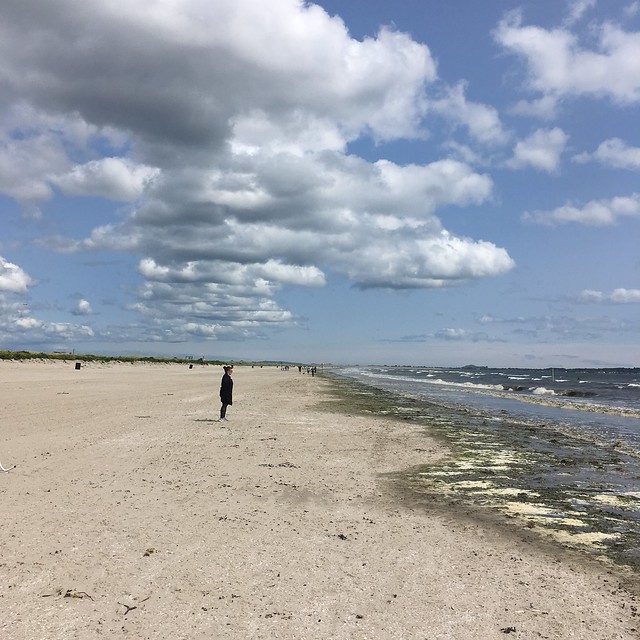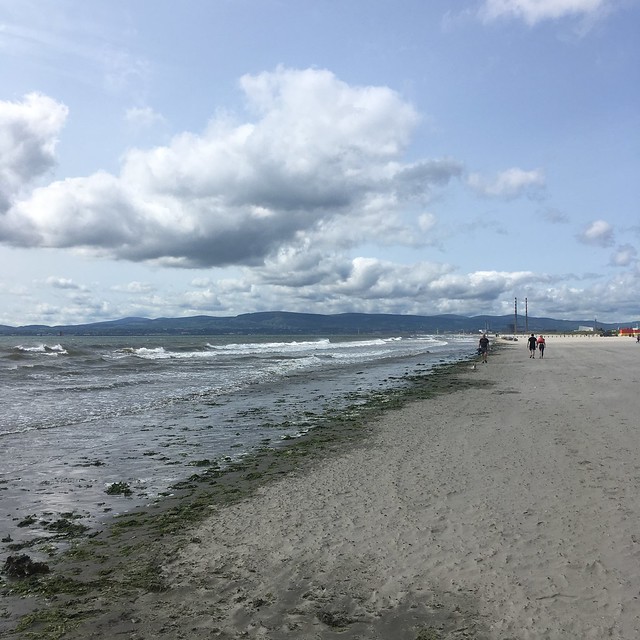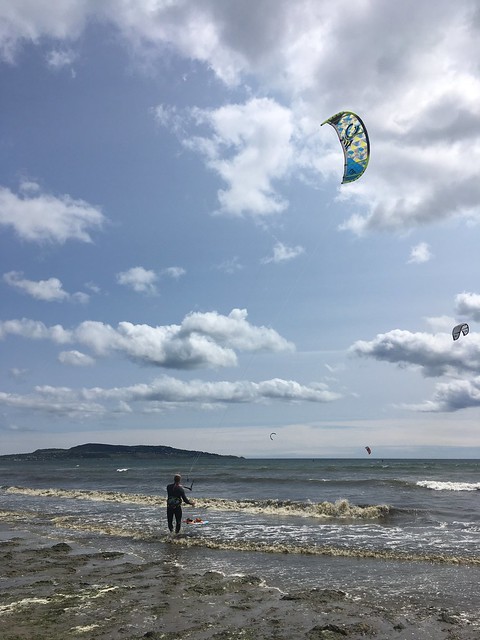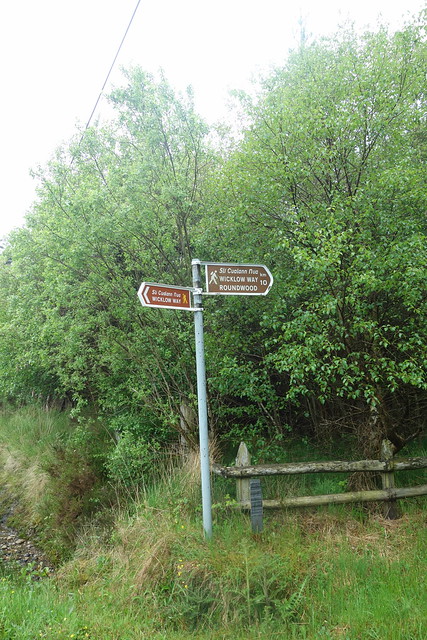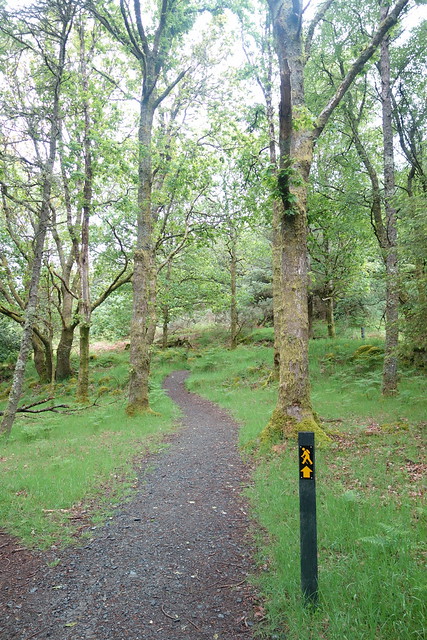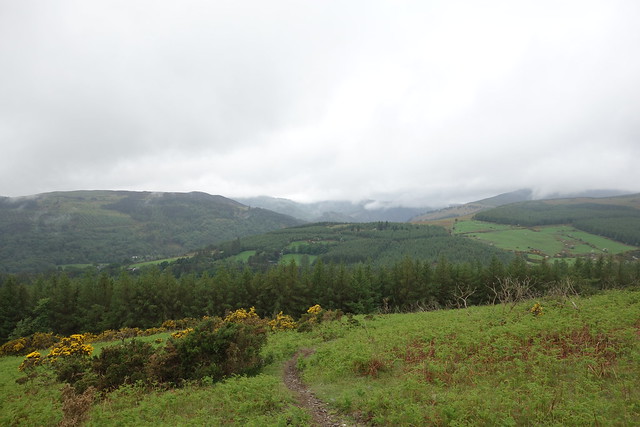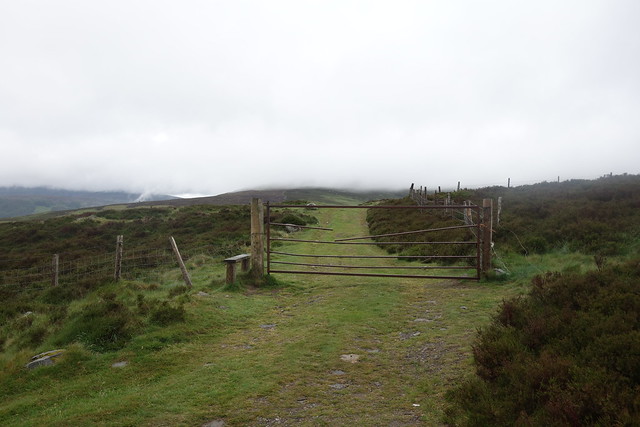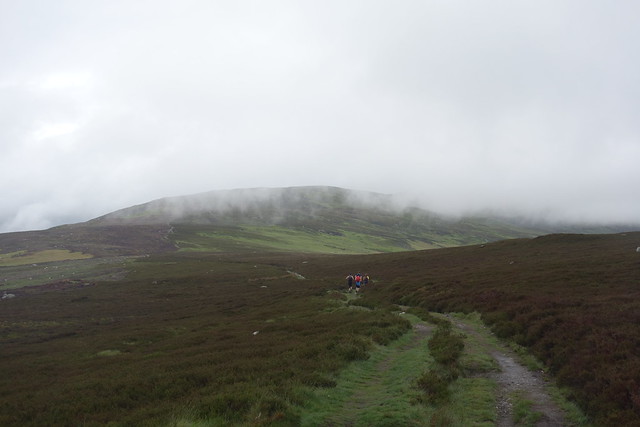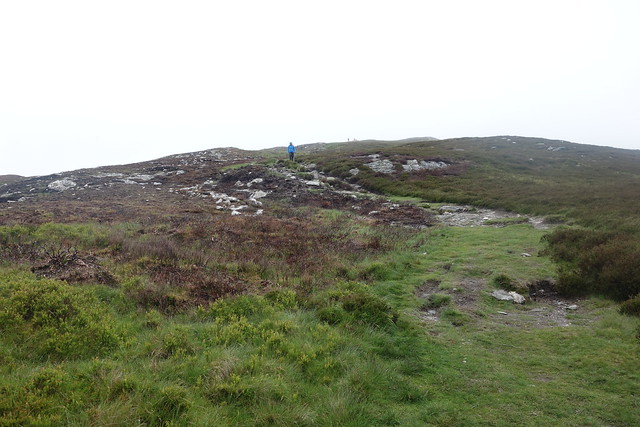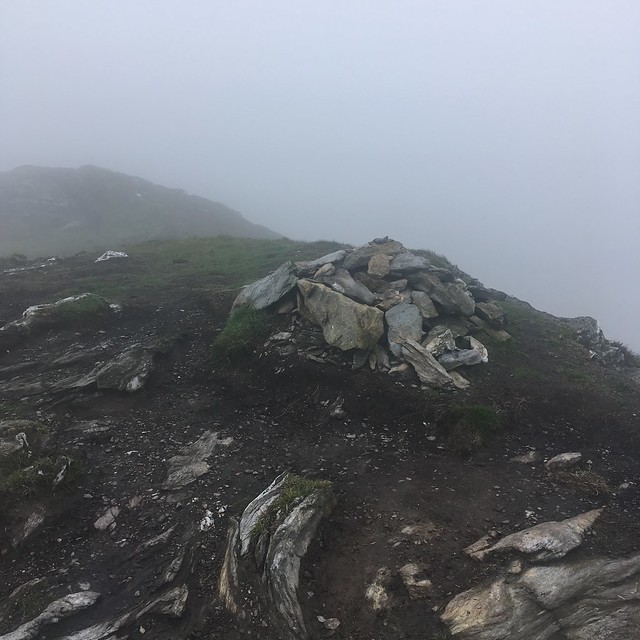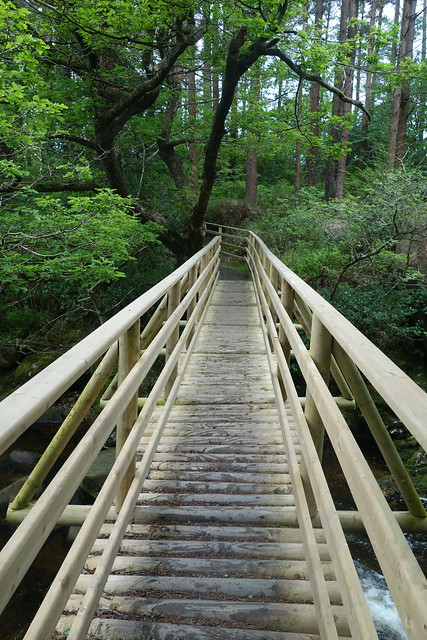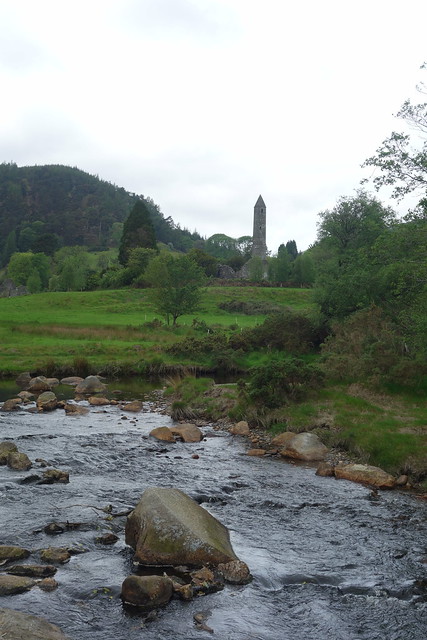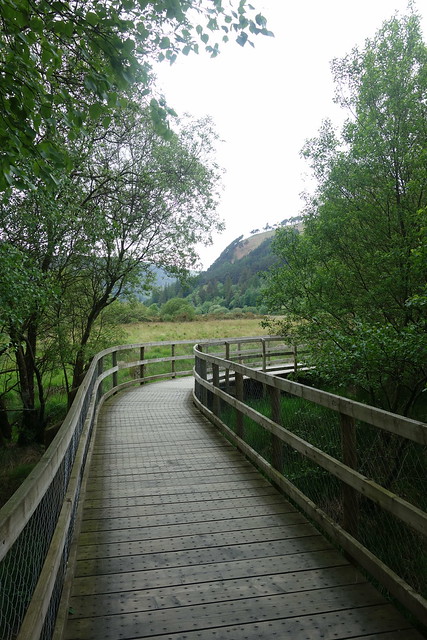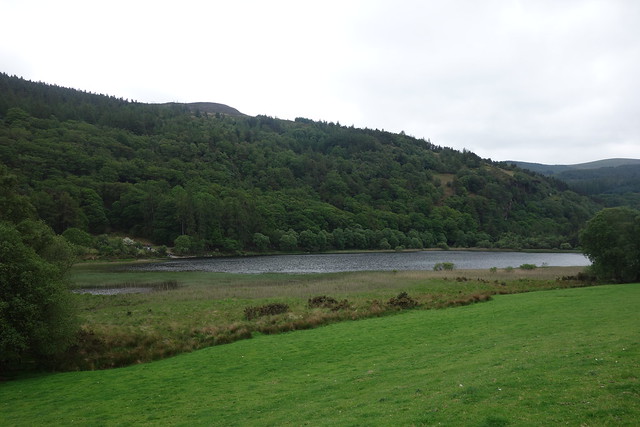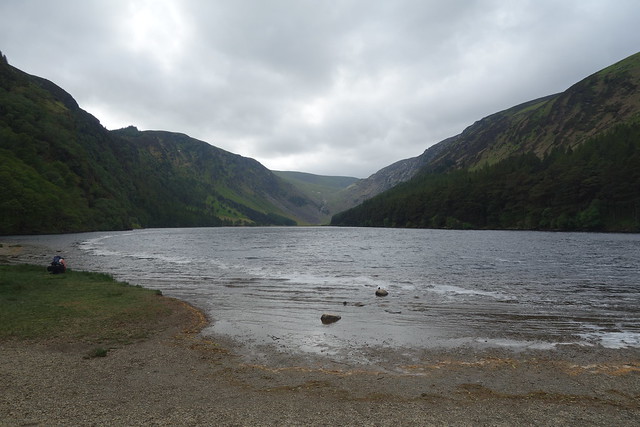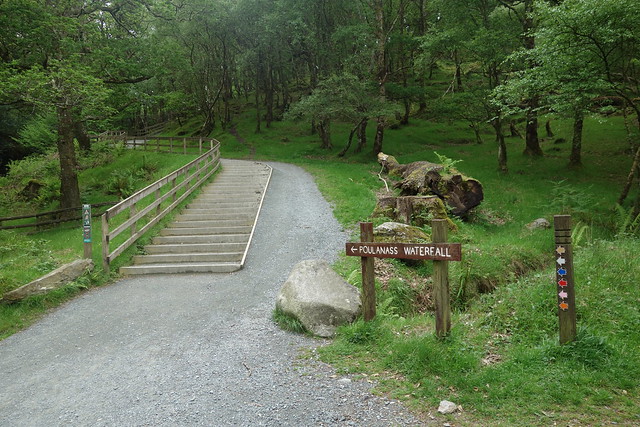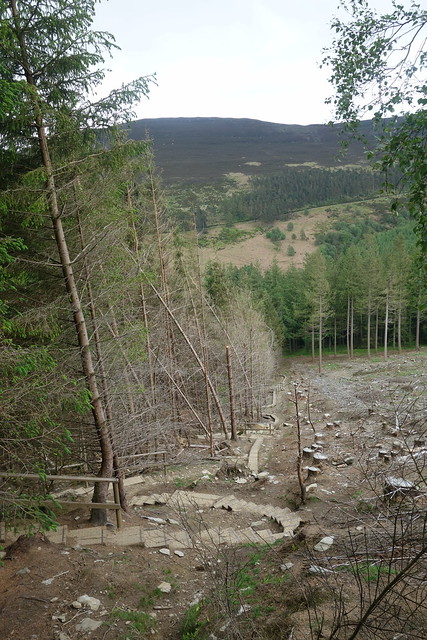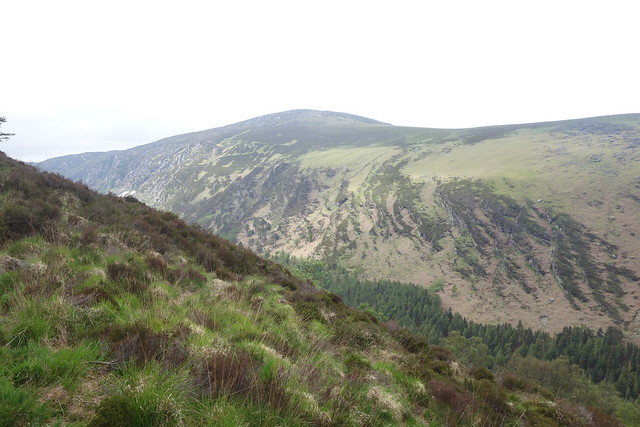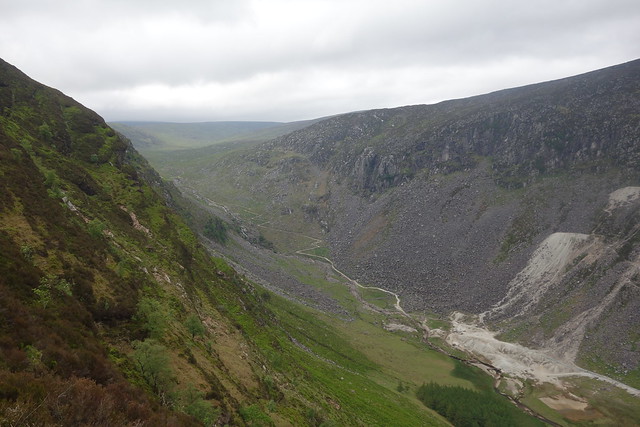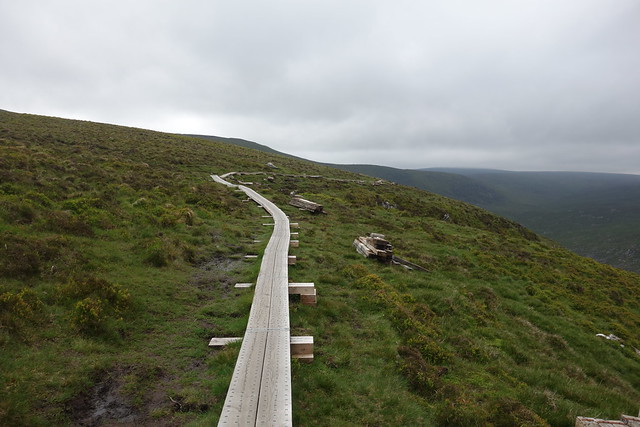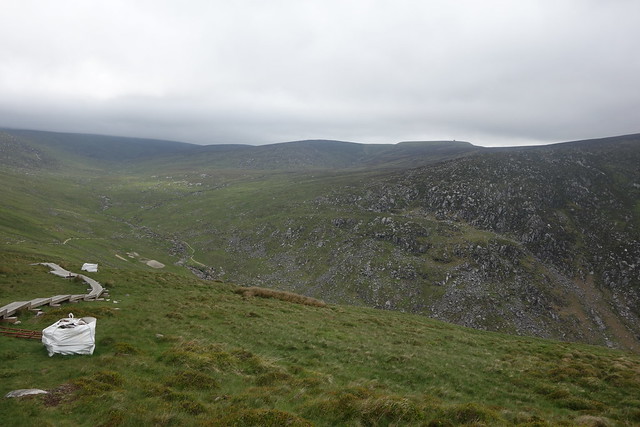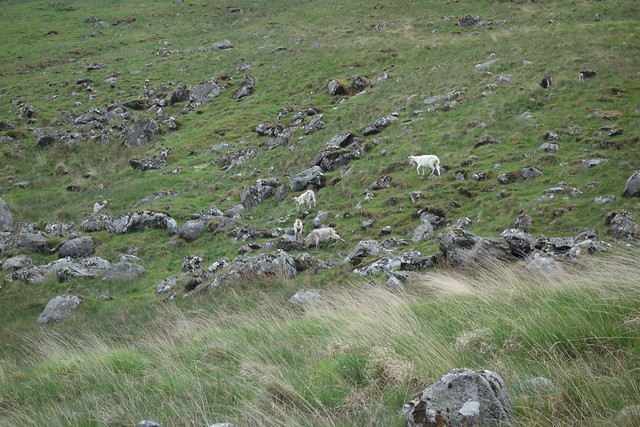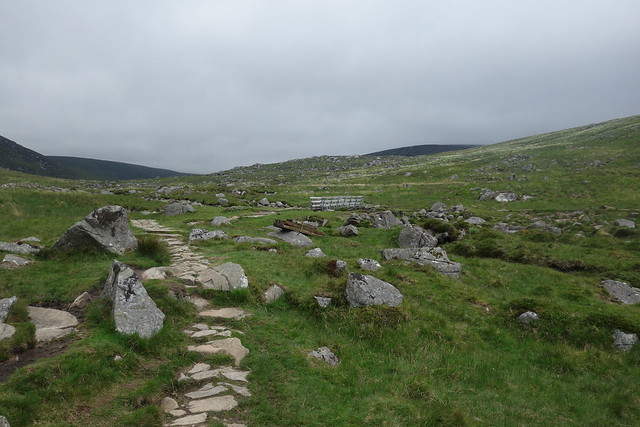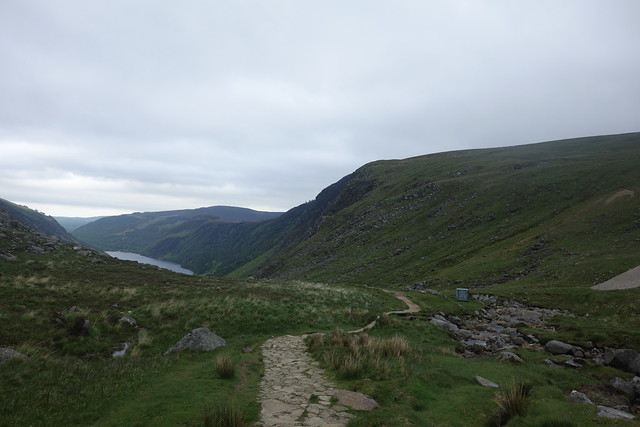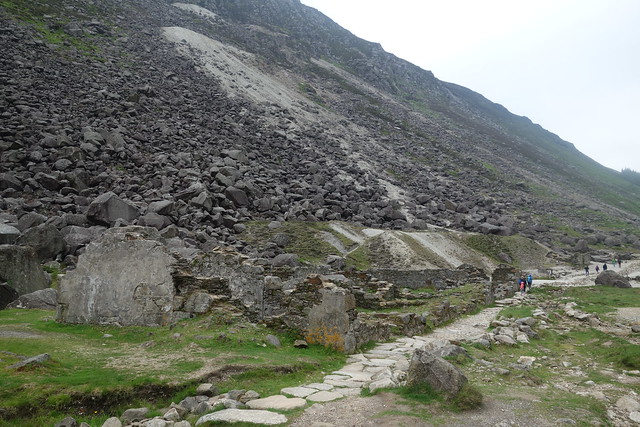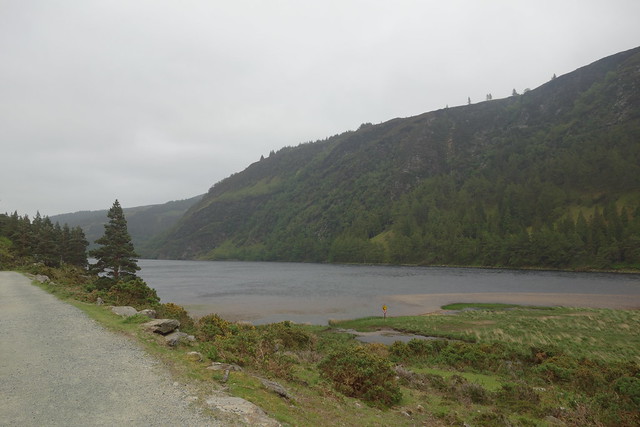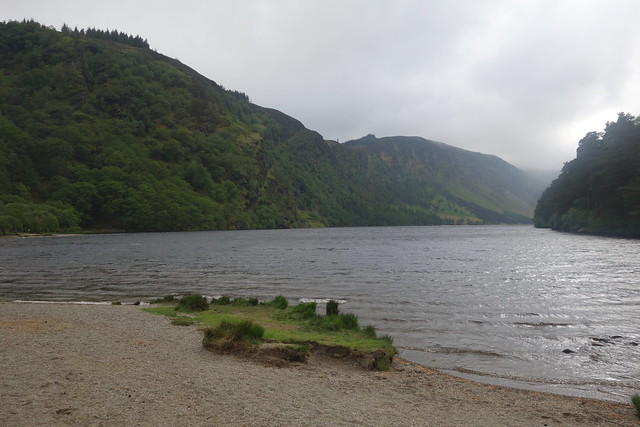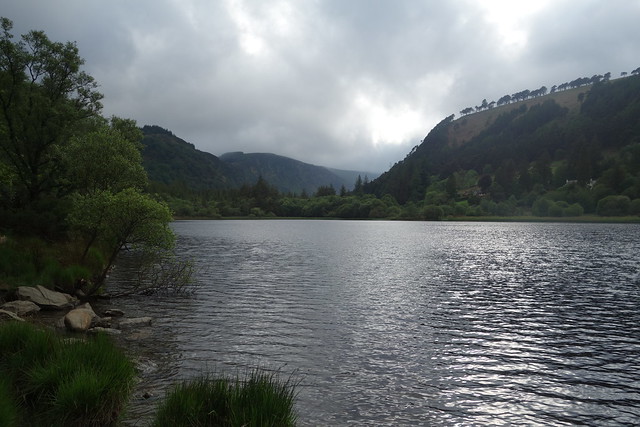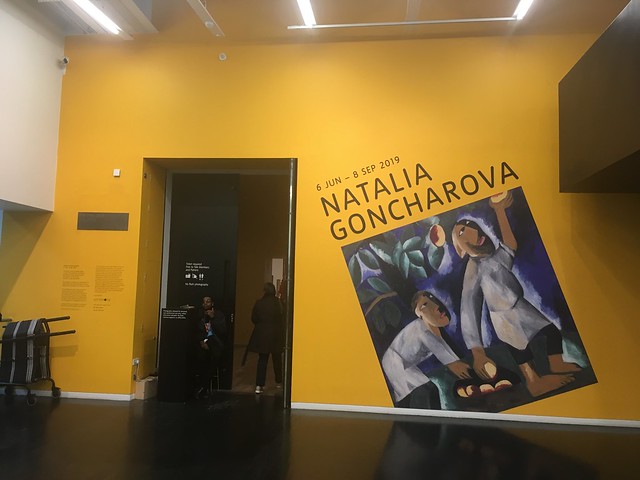
My meeting in London finished earlier than expected and as I’d booked an Advance ticket on the train I had a few hours to kill before I could set off back home. I wasn’t too far from Tate Modern and as I hadn’t been there for a while decided I’d wander over and see what was on.
Taking advantage of my Tate membership I decided to have a look at the temporary exhibition devoted to a Russian artist from the first half of the 20th Century, Natalia Goncharova. Not someone I’d heard of before and I don’t recall seeing any of her works previously. The exhibition has had good reviews in the press, so I was interested to find out more.

Goncharova came from a family of “impoverished aristocrats”, and grew up on the family estate in Tula, 200 miles from Moscow. I don’t know what the Tate mean by “impoverished”. They were certainly considerably better off than the peasants who worked on their estate. So it’s perhaps not so surprising that although her art was radical she wasn’t a supporter of the Russian Revolution. She’d left Russia and went to Paris on April 29, 1914 Goncharova came from a family of “impoverished aristocrats”, and grew up on the family estate in Tula, 200 miles from Moscow, but they moved to the capital when she was 11. I don’t know what the Tate mean by “impoverished”. They were certainly considerably better off than the peasants who worked on their estate. So it’s perhaps not so surprising that although her art was radical she wasn’t a supporter of the Russian Revolution. She’d she left Russia Paris in April 1914, stayed there during WW1 and didn’t return after the events of 1917.
The Tate’s website tells us that
Goncharova found acclaim early in her career. Aged just 32 she established herself as the leader of the Russian avant-garde with a major exhibition in Moscow in 1913. She then moved to France where she designed costumes and backdrops for Sergei Diaghilev’s Ballet Russes. She lived in Paris for the rest of her life, becoming a key figure in the city’s cutting-edge art scene.
Goncharova’s artistic output was immense, wide-ranging and at times controversial. She paraded the streets of Moscow displaying futurist body art and created monumental religious paintings. She took part in avant-garde cinema, experimented with book designs and designed for fashion houses in Moscow and Paris.
The exhibition spread over 10 rooms and featured a wide range of paintings, sketches, costumes and other items.
The 3rd room had a large number of works from a retrospective of her work held in September 1913 in the Art Salon in Moscow. There were more than 800 works in a vast range of styles. The Tate tells us
it was the most ambitious exhibition by any Russian avant-garde artist to date
and that
The term ‘everythingism’ was coined by Larionov and the writer and artist Ilia Zdanevich to describe the diverse range of Goncharova’s work and her openness to multiple styles and sources.
These are just a small proportion of the works on display
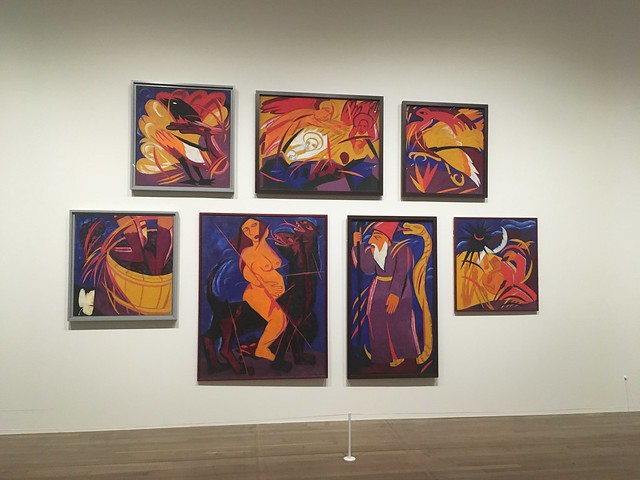
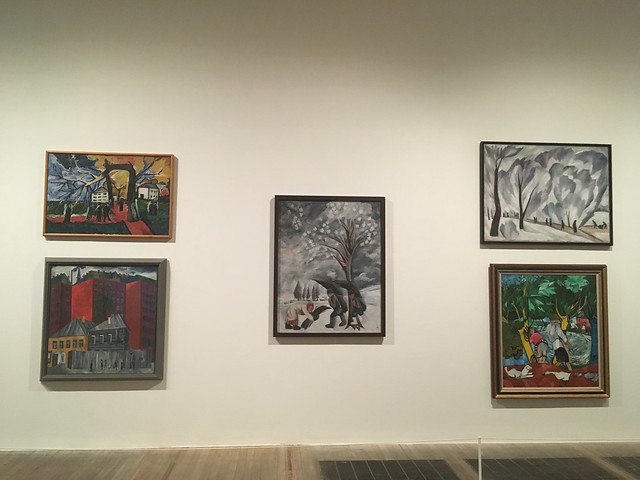


In another room there were a number of lithographs – Mystical Images of War was published in autumn 1914 – created in response to WW1. To me they largely glorify the war (they’re certainly not critical images) and, at least to some extent, see it as a patriotic and religious “crusade”

She was clearly religious and another room was devoted to religious paintings. I wasn’t so keen on most of them, but did like these fourApostles

Like many Russian artists in the early 20th Century, she was influenced by Futurism. She developed her own approach which was known as Rayonism . This painting was my favourite from this room and probably from the whole exhibition.

Another room featured works created while she lived in Paris. I particularly liked this painting of a Spanish woman
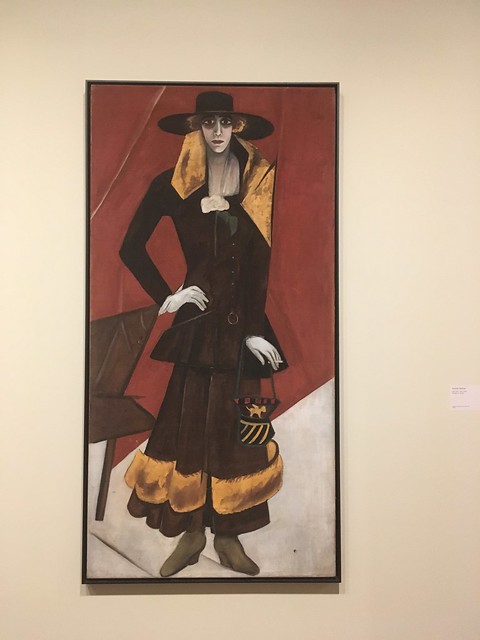
The final room was devoted to sketches, costumes and set designs from several ballet productions. Goncharova had worked with Russian composers, dancers and artists for Diaghilev Ballets Russes creating an ‘exotic’ vision of the east . I particularly liked the costumes on display that she’d designed for a production of Le Coq d’or

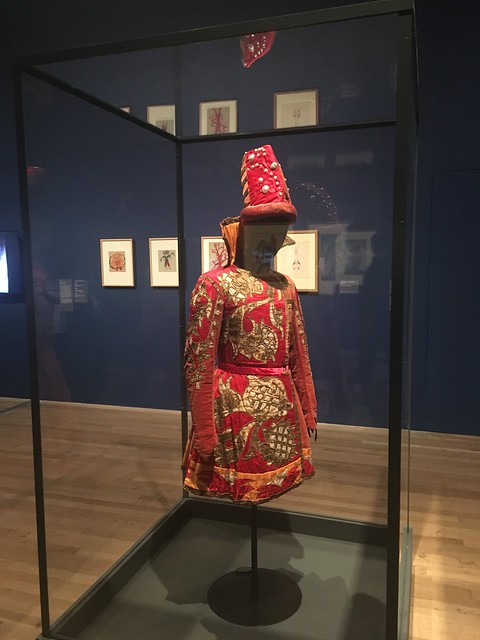
I enjoyed looking around the exhibition. Goncharova was a talented artist and although I didn’t like everything I saw, there was plenty to keep me interested. It’s always good to discover a “new” artist (well, new to me!) so I wasn’t disappointed that I had a few hours to kill before my train.
Later that afternoon I received a text from Virgin Trains to tell me my train had been cancelled. Fearing the worst – that there was major disruption – I was relieved to find that it was due to the train breaking down. Arriving at Euston a little early I was able to transfer on to the train before and managed to get home half an hour earlier than expected. So all worked out well in the end!


